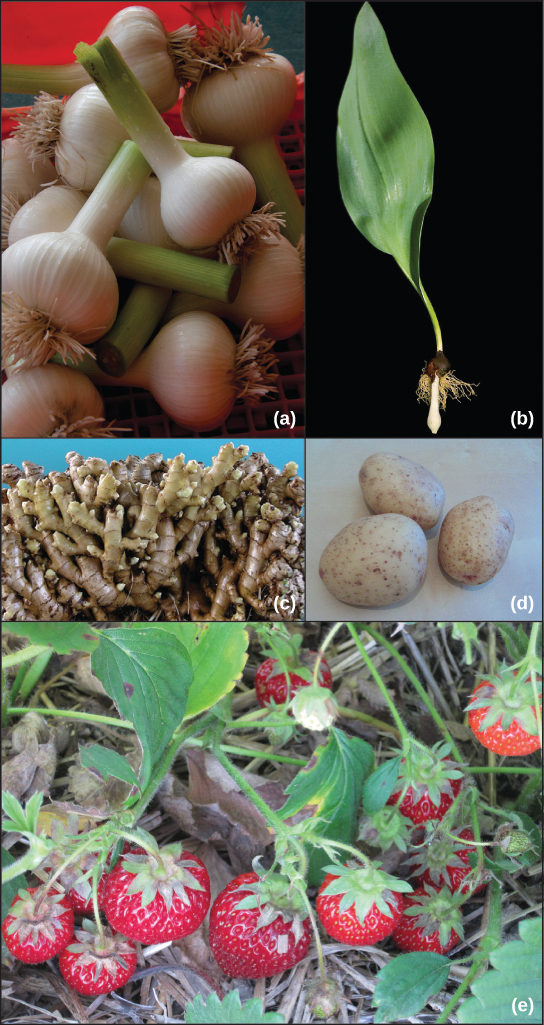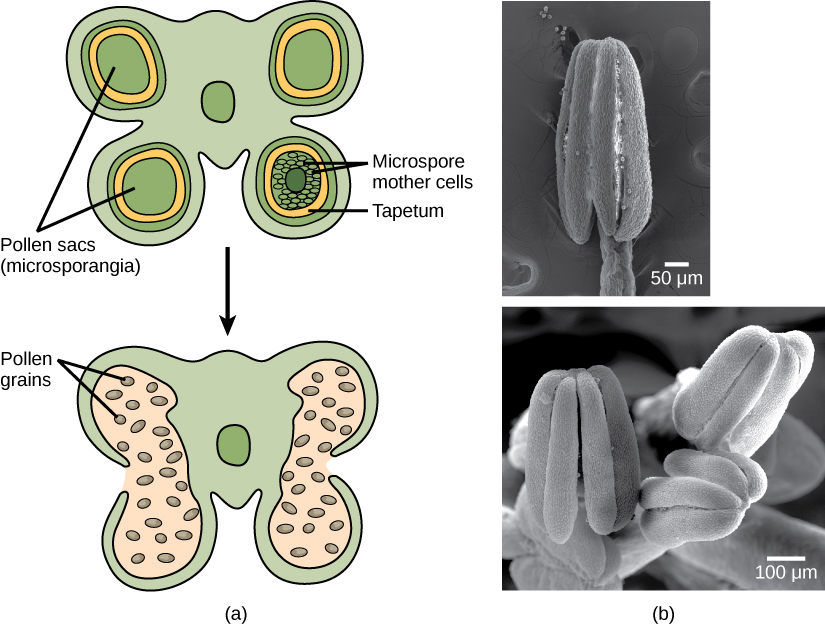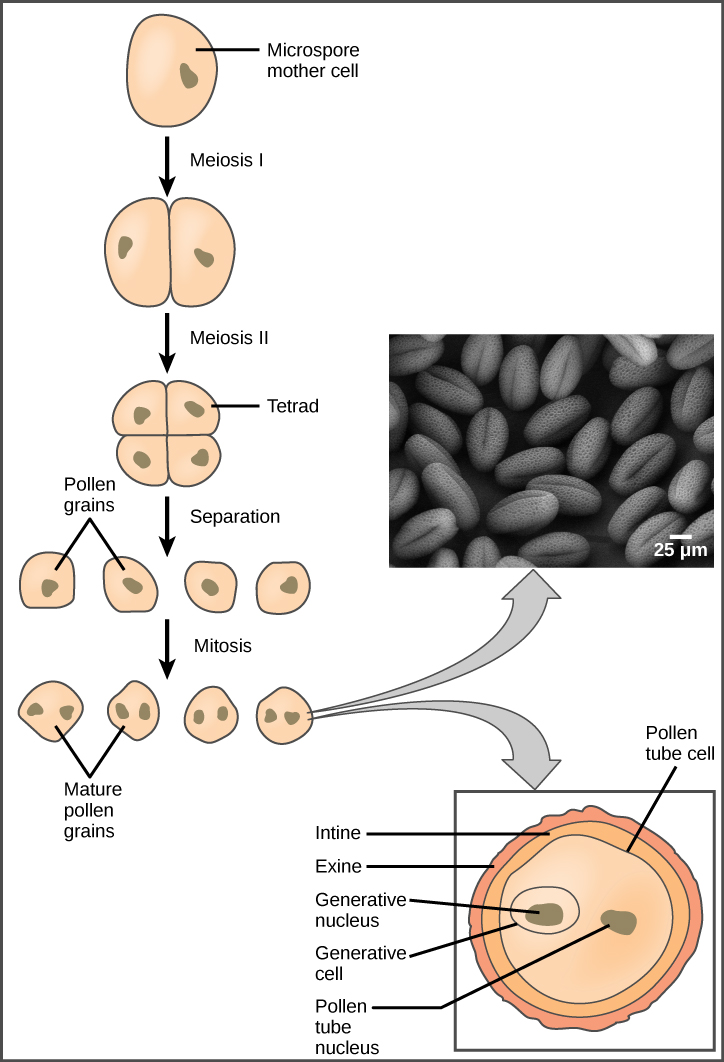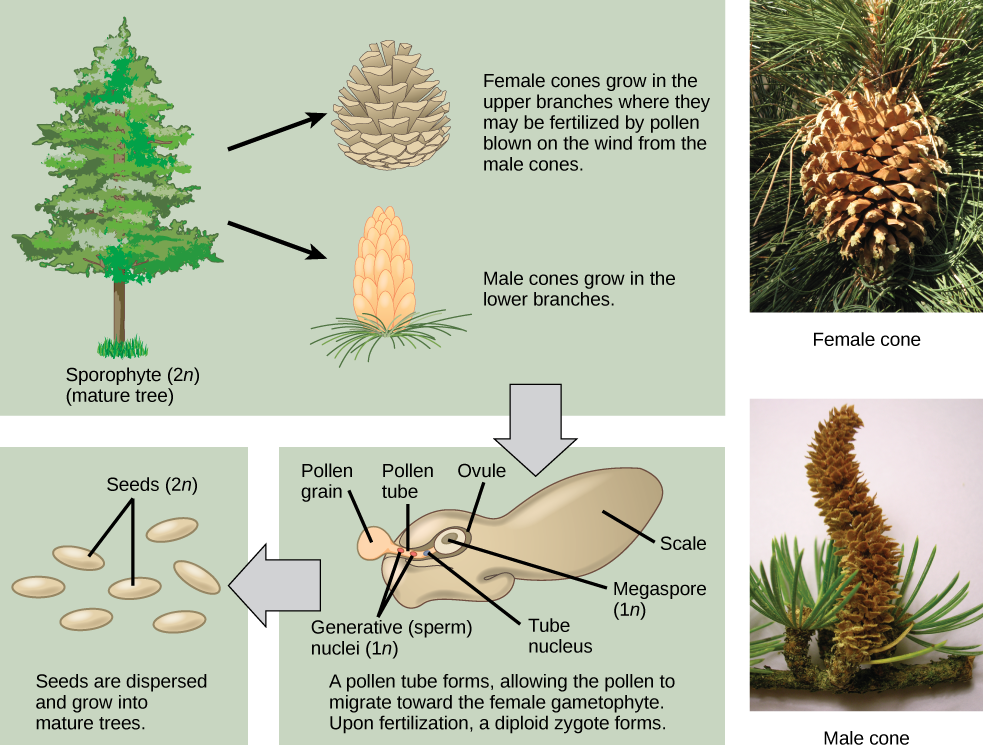Plant Reproduction
Different reproductive techniques have evolved in plants to ensure the survival of their species. Unlike animal species, which nearly always reproduce sexually, certain plants reproduce asexually while others do it sexually.
Asexual reproduction in plants occurs without the need for pollination agents, whereas sexual reproduction typically depends on them.
Often, the most visually striking or fragrant parts of plants are their flowers. In order to fulfill their need for pollination, flowers draw insects, birds, and animals with their vivid colors, intriguing forms, and sizes. Some plants self-pollinate, while others are pollinated by the wind or water.
Asexual Reproduction
Asexual reproduction is a common method used by plants to reproduce. This mode of reproduction does not need resources to create a flower, draw pollinators, and figure out a way to distribute seeds.
As there is no mixing of male and female gametes during asexual reproduction, the resultant plants are genetically identical to the parent plant which has enabled these plants to fare better in stable environments than plants resulting from sexual reproduction.
Asexual reproduction is seen in a wide variety of roots . For example Garlic and gladiolus both use the corm. Other examples are bulbs, as the tunicate bulb in daffodils and the scaly bulb in lilies.
Stem tubers such as potatoes also propagate asexually .
Rhizomes produced by ginger , runners, or stolons of chrysanthemum are other examples for asexual propagation .







